Pulled pork barbecue is smoked low and slow until the meat is fall-apart tender. It takes some time to do it right, but the results are so worth it! In this guide, I'll walk you through everything you need to know to make the perfect pulled pork every time!
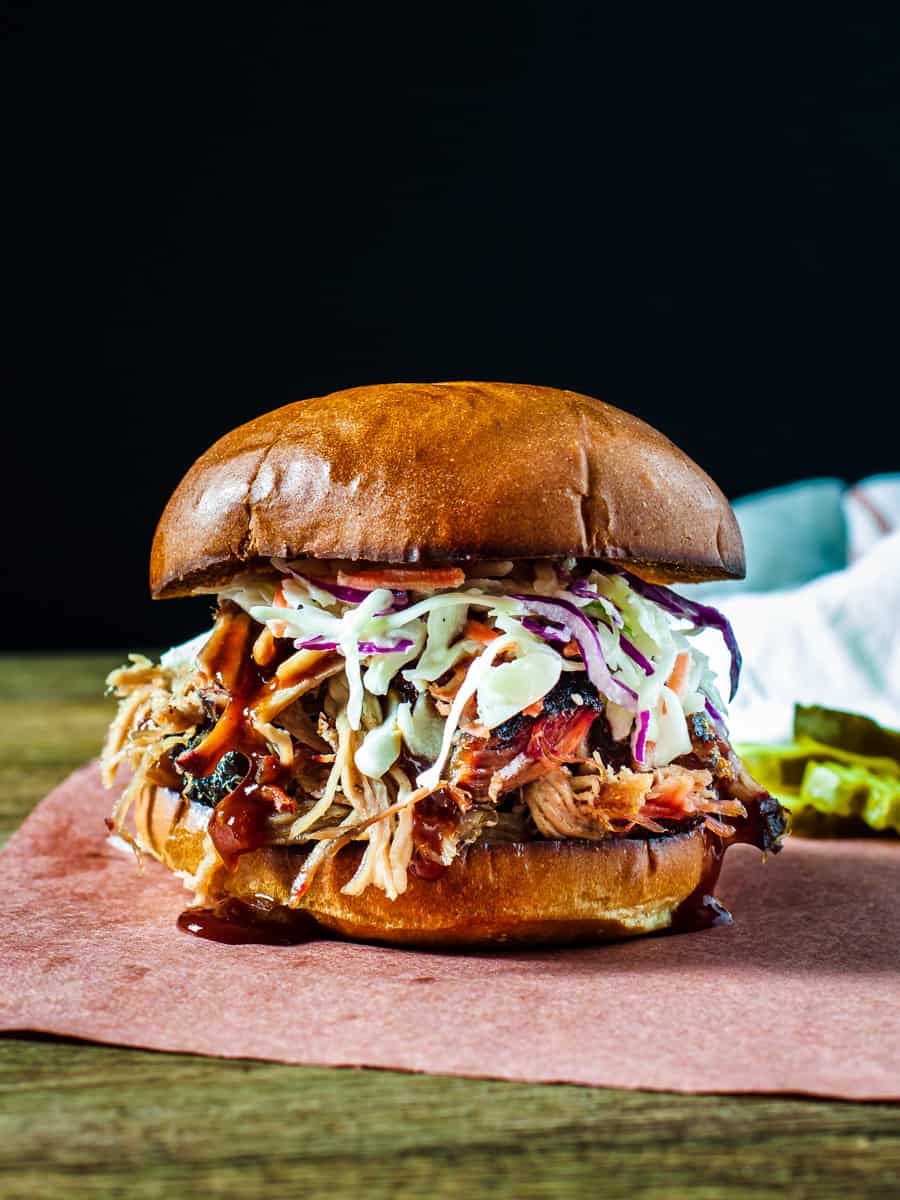
Jump to:
- What Cut of Meat to Use for Pulled Pork?
- How Much Pulled Pork Do I Need Per Person?
- How to Trim a Pork Butt Before Smoking
- Should I Leave the Fat Cap on My Pork Butt?
- What is a Barbecue Rub?
- How to Season a Pork Butt
- Why do People Put Mustard on Pork Butt?
- What Wood to Use for Smoking Pork Butt
- What if I'm Using a Pellet Grill?
- How to Smoke a Pork Butt
- Cooking Time and For Pulled Pork
- Beware of the Stall!
- How Long Should I Rest the Meat
- Can I Make Smoked Pork Ahead?
- How to Pull Smoked Pork Butt
- What to Serve With Pulled Pork
- More Pulled Pork Tips and FAQs
- 📖 Recipe
- You may also like
What Cut of Meat to Use for Pulled Pork?
Many barbecue restaurants use whole pork shoulder, which is cut from the front leg at the shoulder down to just above the foot. You can occasionally find them in supermarkets or at warehouse clubs. They're pretty large, typically weighing in the range of 14 to 18 pounds.
More often, you'll see them cut in half and sold separately. The top portion is called the pork butt, or "Boston butt". The lower portion is called a picnic shoulder.
The pork butt is the best cut for most home cooks. They are typically in the 6-8 pound range for bone-in or 4-6 pounds for boneless.
It should have a fat cap on one side and be trimmed on the other sides. Look for a piece that is dark pinkish-red and well-marbled for the best flavor.
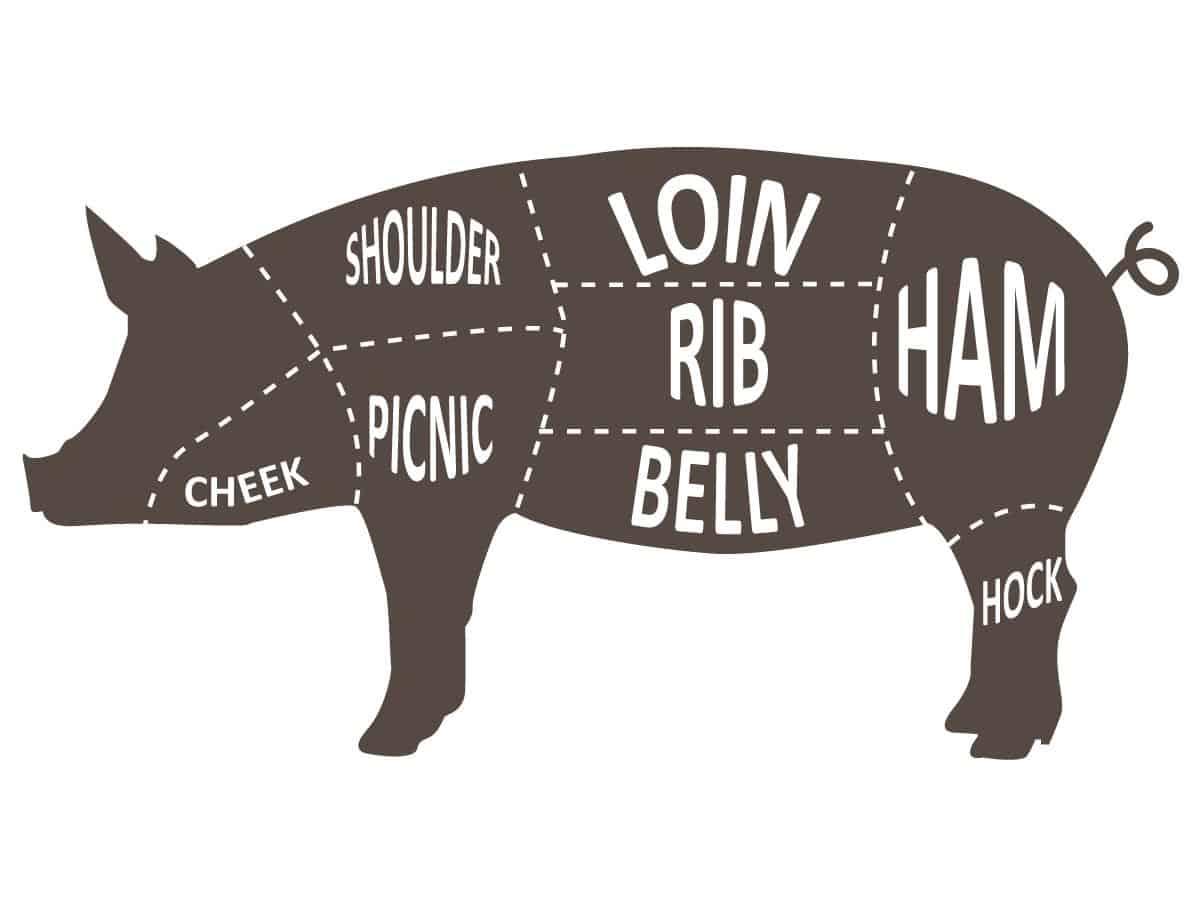
How Much Pulled Pork Do I Need Per Person?
The rule of thumb is to plan for ⅓ pound of cooked pulled pork per person.
You'll also need to factor in that the meat will also lose around half of its pre-cooked weight during the cooking process.
So to calculate the amount you need, divide the number of people by 3 (depending on your serving plans), then multiply that by 2.
For example, to feed 12 people, you would divide 12 by 3 to get 4 pounds of cooked meat required. Then multiply 4 by 2 to get 8. So you would need to buy an 8 pound pork butt to comfortably feed 12 people.
This will also depend on how you are serving the pork. If you're making pulled pork sandwiches or serving your barbecue with a lot of side dishes for a summer potluck, ⅓ pound or possibly less will do. When serving it without a bun or without a lot of sides, you may lean towards ½ pound per person.
How to Trim a Pork Butt Before Smoking
A pork butt is made up of many different muscles that often have pockets of fat in between them. Much of the fat and connective tissue will render out in the cooking process, which gives the meat a great deal of flavor and supplies the moisture it needs for the long cook.
You don't want to trim all of the fat away, or the pork can dry out, but you can trim large chunks of fat, veins, blood spots, or any other yucky bits from the pork butt. Just don't go too crazy trimming!

Should I Leave the Fat Cap on My Pork Butt?
The fat cap is the thick layer of fat on one side of the pork butt. I usually leave the fat cap on when smoking pork.
The theory is that the fat will render during cooking and baste the meat as it cooks. The fat can be too thick in some cases though, so I trim it to about ⅛ to ¼-inch thickness.
In reality, there is plenty of intramuscular fat in a typical pork butt to provide moisture while smoking the meat. So if you want a leaner end product and more bark, you can remove the fat cap coaltogether
What is a Barbecue Rub?
The seasoning for barbecue is called a "rub". It's mia x of spices that you apply to the meat to season it before cooking.
I usually make my own and avoid the markup of ststore-boughtubs. I use a basic all-purpose barbecue rub. It is a mixture of salt, pepper, paprika, brown sugar, dry mustard, garlic powder, and onion powder.
This rub is salty and sweet and goes well on pulled pork, BBQ chicken, and smoked ribs. You can easily customize it to your taste too.
If you like more heat, you can up the amount of cayenne pepper or add in chili powder. If you want a smokier flavor y,ou can use smoked paprika. Cumin will add a hint of Southwestern/Mexican flavor. The options are endless.
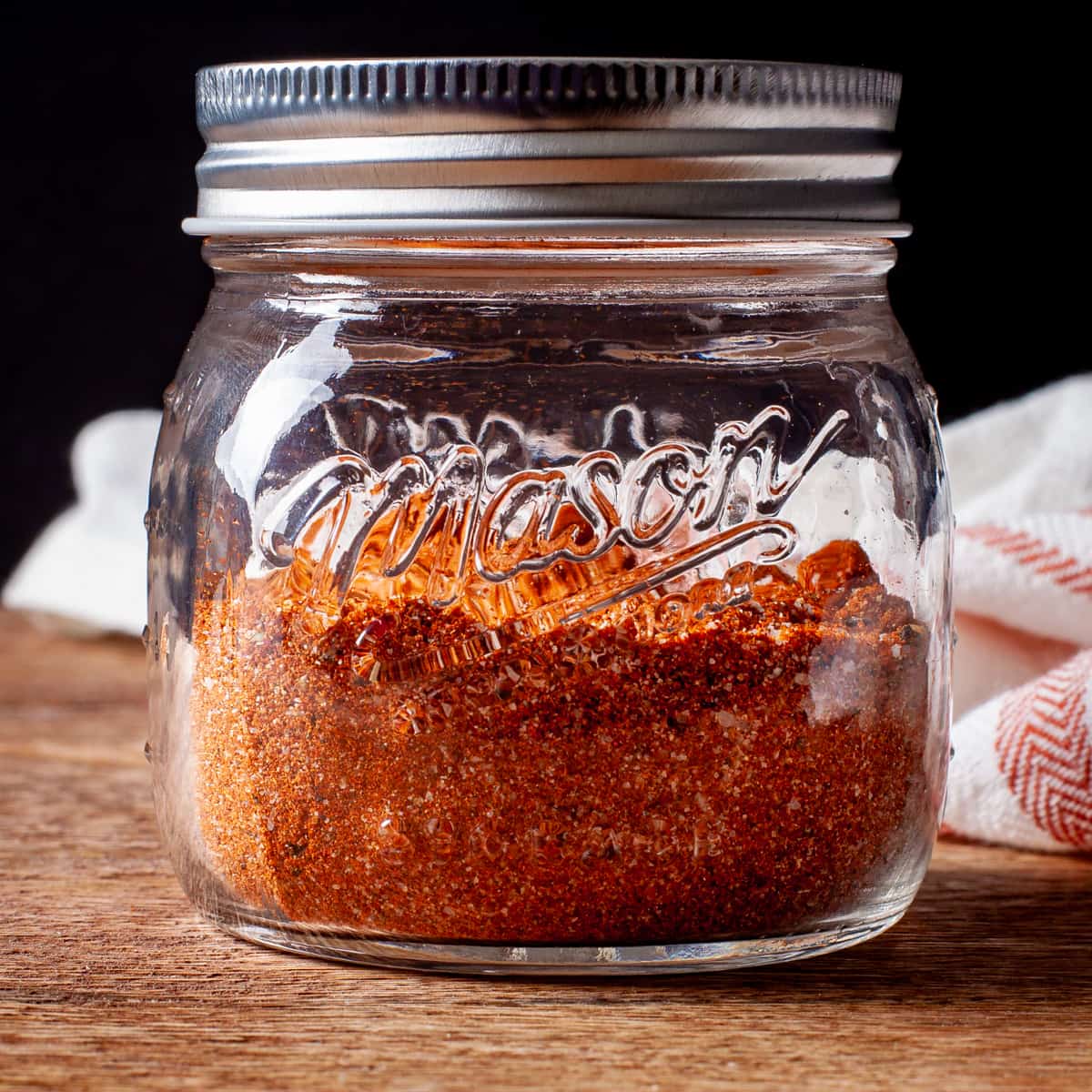
How to Season a Pork Butt
Sprinkle a generous amount of rub all over the meat until it's coated on all sides. Despite the name, you don't actually need to rub it in. But if there are any crevices, try to work the seasoning into those with your hands.
You can cook it immediately after seasoning the meat, but if possible, I recommend trimming and seasoning the meat, then refrigerating it the day before cooking.
This is called a dry brine, and it allows the salt to penetrate the meat and pull out the moisture. As it sits, it will reabsorb the moisture and soak up the flavors of the rub. You can add another light coating of rub just before cooking to help produce a thicker bark.
Remove the meat from the fridge one hour before cooking to allow it to come up room temperature.
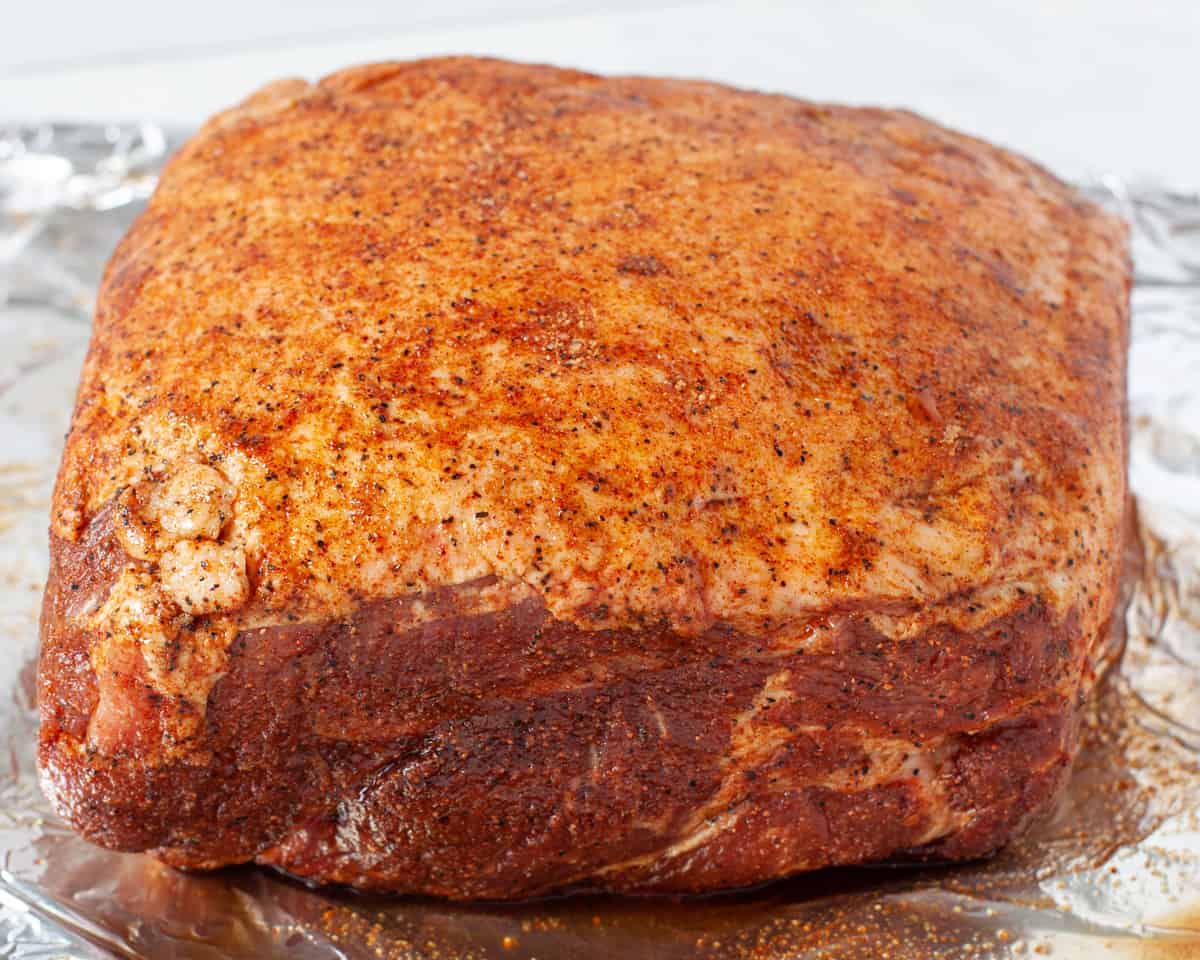
Why do People Put Mustard on Pork Butt?
Some cooks coat the pork butt with yellow mustard or other liquids before applying their rub. This is called a binder and helps the rub stick to the meat and helps produce a thicker bark.
Since I season the meat the day before and let it refrigerate overnight, I don't use a binder myself, but it's worth trying to see if you like that method.
What Wood to Use for Smoking Pork Butt
I recommend a half-and-half mix of hickory and applewood for smoked Boston butt. Hickory has a mild to medium, savory smoke flavor, and applewood is a lder and sweeter.
Oak and cherry wood are other good options with similar flavor profiles.
Avoid mesquite or cedar for pulled pork since the flavor is pretty aggressive and can overpower the flavor of the meat.
I recommend using larger wood chunks, not wood chips if your smoker allows. The chunks will produce a cleaner, longer-lasting smoke and are less likely to burn.
It's not necessary to soak your wood in water before smoking. Properly seasoned, dry hardwood will absorb very little water when soaked. And dry wood will produce cleaner smoke.
What if I'm Using a Pellet Grill?
If you're making this smoked pork butt recipe on a pellet grill, like a Traeger, you won't need wood chunks. The smoke will come from the variety of pellets that you use. Pellets are available in a wide variety of specific wood species and are also sold as blends.
Pellet grills produce a lighter amount of smoke, so if you want to add more smoke flavor, you can use a smoke tube. You fill the tube with wood chips, light one end, and place it in the smoker so it will burn and produce extra smoke during the cook.
How to Smoke a Pork Butt
Heat your smoker to around 225°F. Place your seasoned pork butt on the smoker rack with the fat cap on top, and close the lid. Add a few wood chunks to the fire to produce the smoke.
One of the keys to good barbecue is temperature control. You will need to monitor the smoker temperature and the meat temperature throughout the cook. Depending on your smoker, you may need to adjust the vents or add more fuel to the fire to keep the cooking temperature between 225°F and 250°F.
I recommend using a high-quality digital thermometer with a leave-in probe to monitor the temperature during the cook. Preferably one with a separate probe to monitor the cooker temperature as well.
Cooking Time and For Pulled Pork
Any experienced barbecue cook will tell you that cooking time can vary widely when cooking a pork butt. As a general rule, plan on 1½ to 2 hours per pound, or about 12-16 hours for an average-sized bone-in Boston butt.
Another key to making quality pulled pork is cooking to temperature rather than time. Smoked pork butt is done when it reaches an internal temperature of around 195-200°F.
At this point, most of the fat, collagen, and connective tissue will have been rendered out, and the meat will be extremely tender.
Use an instant-read thermometer to check the temp in a few locations when it's close to the final temperature to be sure it's cooked to the correct temperature throughout.
Beware of the Stall!
You'll likely see the meat temperature rise to around 145°F, then slow dramatically from there until it reaches around 170°F.
This phase is called the "stall". At this temperature, the fat begins to render and evaporate, which cools the meat. It can sit in this range for hours with very little temperature movement.
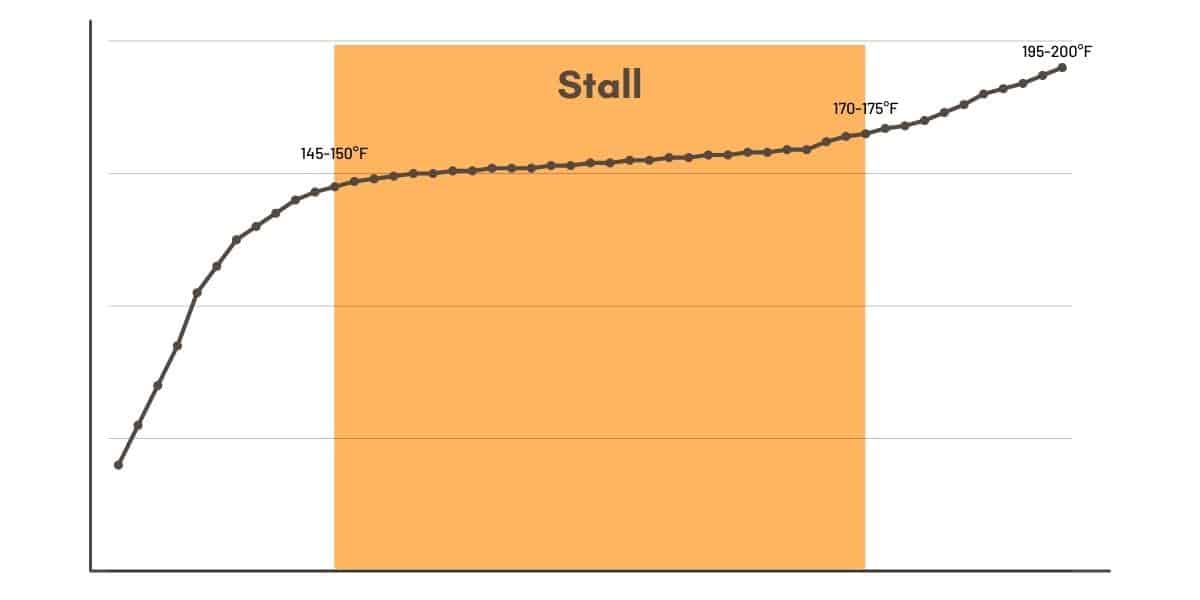
You can speed up the process by wrapping the meat in foil or butcher's paper. Then return it to the smoker and bring the heat up to around 275°F.
This does have some impact on your bark since it will hold in the moisture and slow down the evaporation, but it really helps push through the stall. This is known as the "Texas crutch" in the barbecue world.
When your pork reaches about 175°F, unwrap the meat and continue smoking it to an internal temperature of around 195-200°F. This will help dry out the exterior to produce the bark.
How Long Should I Rest the Meat
After the long slow smoke, it is important to let the meat rest for at least 30 minutes. This lets the meat reabsorb some of the juices, which makes it moister and more flavorful and also easier to shred.
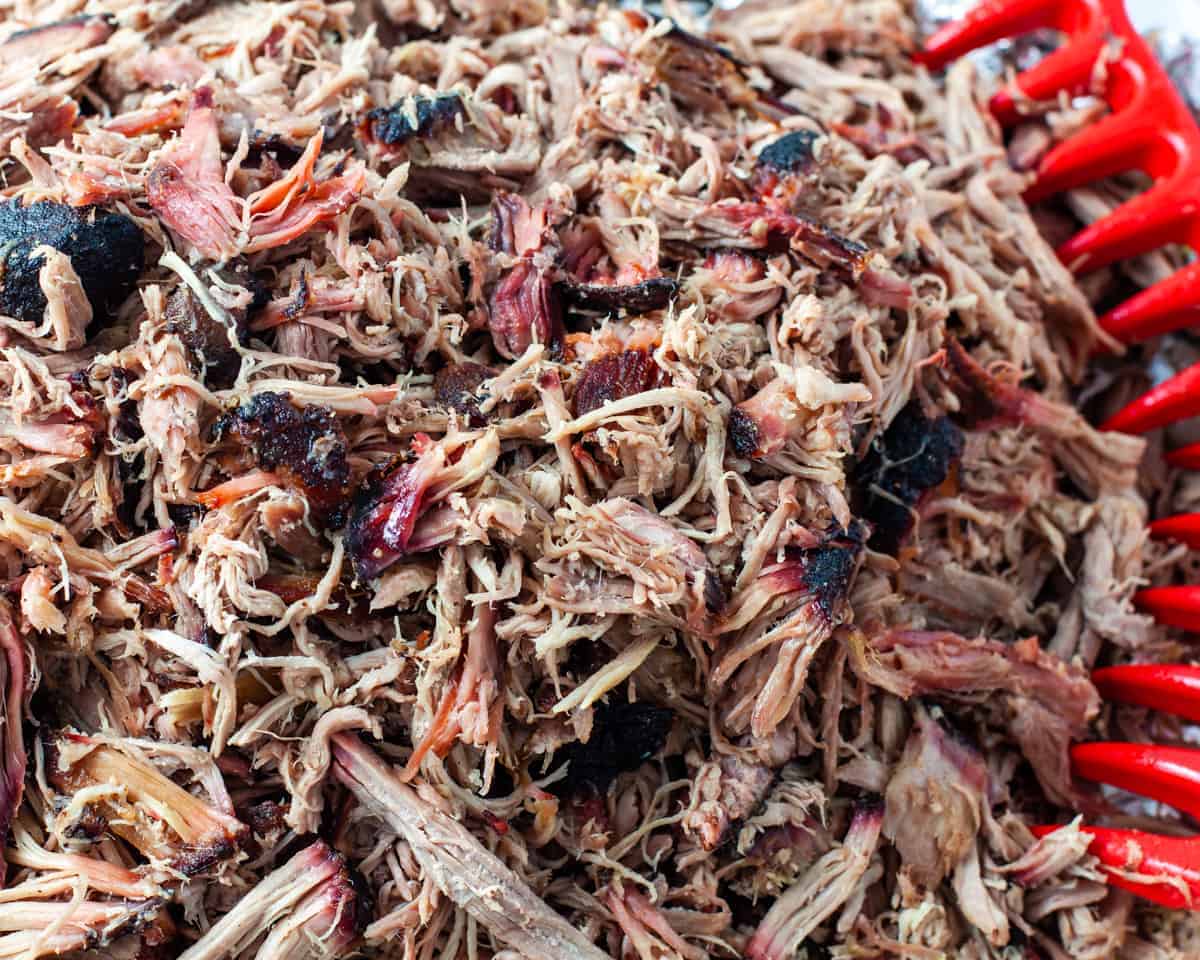
Can I Make Smoked Pork Ahead?
Smoked pork butt is notoriously difficult to plan because of how much variation there can be in the cooking time. Almost every BBQ cook knows the pain of watching your scheduled serving time come and go while the meat temperature won't seem to budge. The good news is that you can make it well ahead of time and safely keep the meat warm for several hours.
To do this, place the foil-wrapped pork in an empty cooler (without ice!) and cover it with towels, then close the lid. Most well-insulated coolers will keep the meat at a safe temperature for several hours, allowing you to time your meal better and avoid any hungry guests.
How to Pull Smoked Pork Butt
Begin by pulling apart the meat into large chunks. Remove and discard the bone (if present) and any remaining pieces of fat or gristle.
Then shred the meat by pulling it apart in separate directions with two forks. You can also pull it apart by hand after it has cooled slightly.
I highly recommend investing in a set of shredding claws if you plan to make a lot of pulled pork. They make the job so easy!
After shredding the meat, toss it lightly with your favorite BBQ sauce and serve.
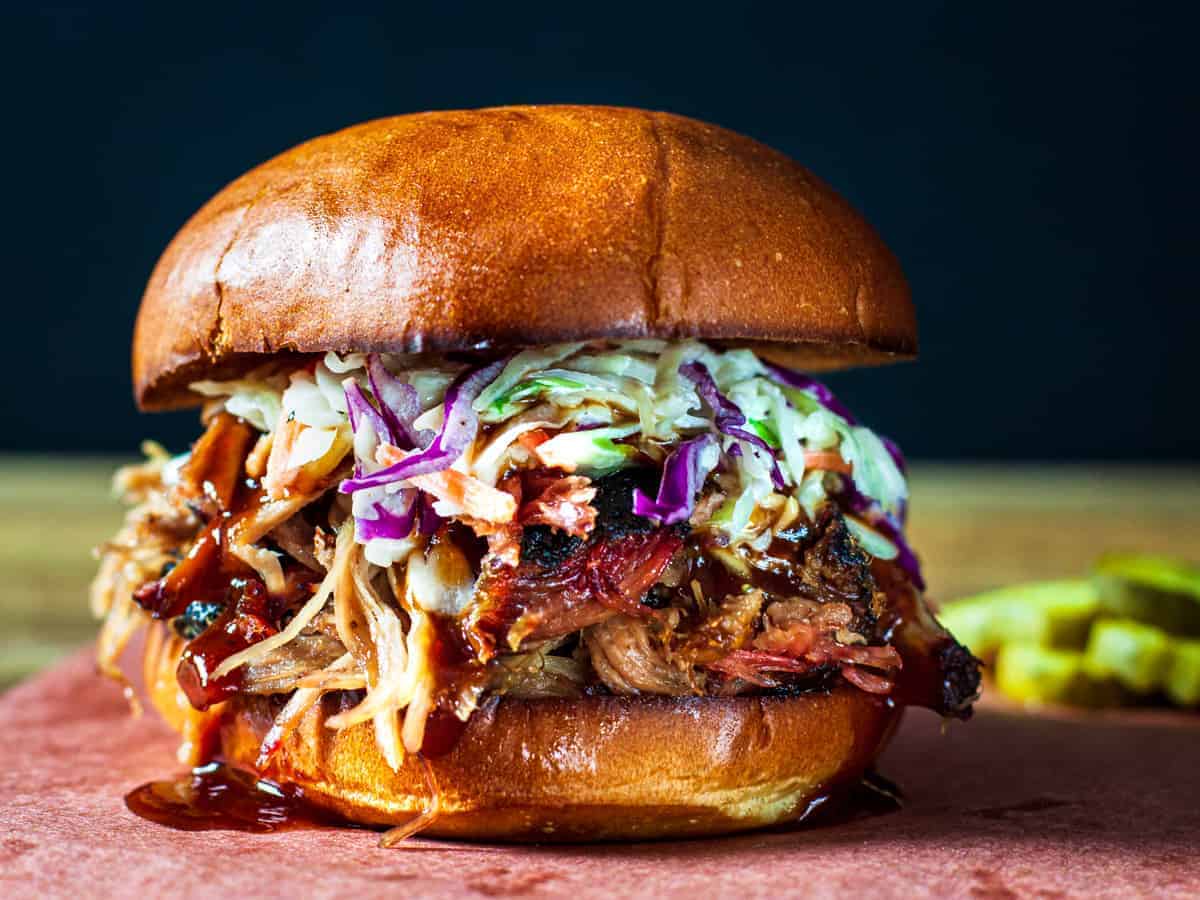
What to Serve With Pulled Pork
Pulled pork is a classic main dish for summer holiday parties and tailgates on fall game days. My favorite side dish for pulled pork is my Smoked Baked Beans. It's a classic BBQ side dish, and the sweet, smoky flavor pairs great with the pulled pork. Plus, you can cook them right along with the pork!
For more tasty pulled pork side dishes, check out:
- Classic Baked Mac and Cheese
- Creamy Bacon Mac and Cheese
- Corn and avocado salad
- Greek Orzo Pasta Salad
- Watermelon Basil Salad
- Southern Coleslaw
More Pulled Pork Tips and FAQs
Store leftover pulled pork in an airtight container and refrigerate. The USDA guidelines suggest consuming leftover pork within 3 to 4 days, but smoking helps to cure the meat and prevent bacteria growth, so up to 5 days is generally fine for smoked pork if stored properly.
For large amounts, wrap the shredded pork in foil to keep it from drying out and reheat in a 275°F oven until warmed through.
Reheat smaller amounts in the microwave for around 45 seconds to 1 minute until warm.
Yes! Pulled pork does freeze really well. I recommend freezing it in small batches. Wrap tightly in plastic wrap and squeeze out any air pockets to help prevent freezer burn, then place it in a freezer bag.
When properly stored, it will last 3 months in the freezer or longer if you vacuum seal it.
Pulled pork contains around 300 calories per serving. But this can vary
Many BBQ cooks swear by an injection to internally season their pork. A mixture of apple juice and a tablespoon or two of rub seasoning is a common recipe for pork injection. I typically dry brine my meat a day ahead, which helps to season the meat, so I don't use an injection. But it's definitely worth a try to see what you like.

📖 Recipe
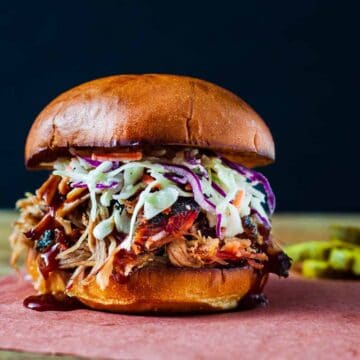
Smoked Pulled Pork Barbecue
Equipment
- Smoker
Ingredients
- 6 pound pork butt, aka"Boston butt"
Rub Ingredients
- 2 tbsp brown sugar
- 2 tbsp sweet paprika
- 2 tbsp kosher salt
- 1 tbsp black pepper
- 1 tsp garlic powder
- 1 tsp onion powder
- ½ tsp ground mustard
- ¼ tsp cayenne pepper
Instructions
- Add all of the rub seasonings to a small bowl and stir to combine.
- Trim any large chunks of fat from the meat and trim the fat cap to around ⅛ to ¼-inch in thickness. Liberally coat the meat with rub on all sides and inside any crevices. If time allows, set it on a rimmed baking sheet and refrigerate overnight.
- Preheat your smoker to 225°F. Place the pork butt in the smoker with the fat cap up and close the lid. Add wood chunks to your fire to produce the smoke, depending on your smoker.
- This step is optional, but to speed up the cooking process, when the pork reaches around 150-160°F, remove the meat and wrap it tightly with foil or butcher's paper, then return it to the smoker. Raise the heat to 275°F. When the internal temperature reaches around 180°F, remove the wrap and return the meat to the smoker.
- Continue cooking the pork until it reaches an internal temperature of 195-200°F, then remove it from the smoker. Wrap it in foil and let it rest for 30 minutes to an hour. After it has cooled slightly, shred the meat by pulling it apart with two forks or with shredding claws, then serve.
Nutrition
* All nutrition information we provide are estimates based on third party calculators. We encourage you to calculate these on your own for accurate results.

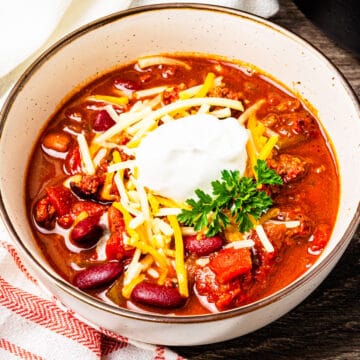
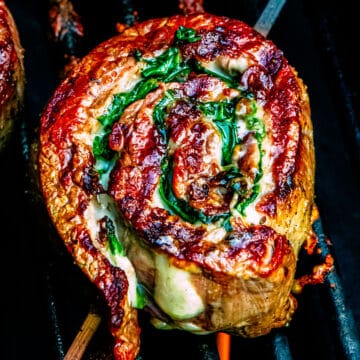

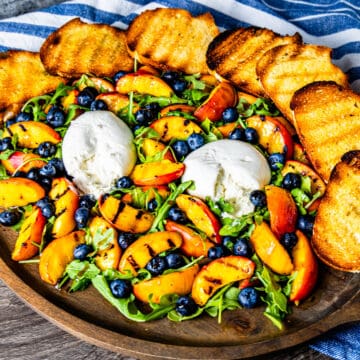
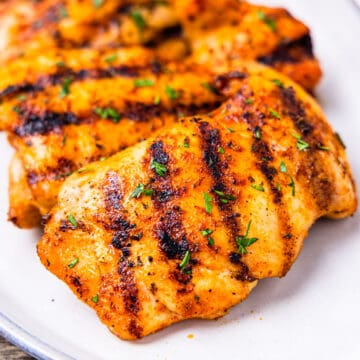
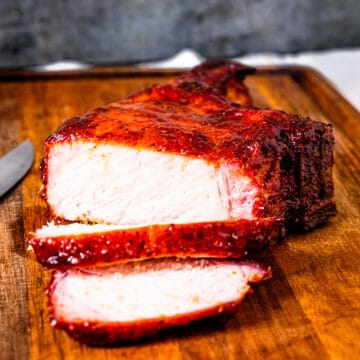
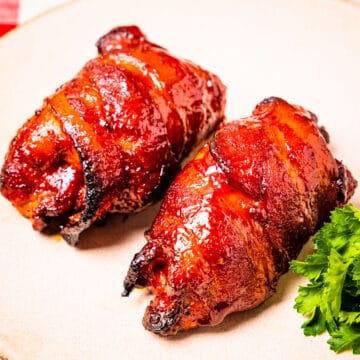
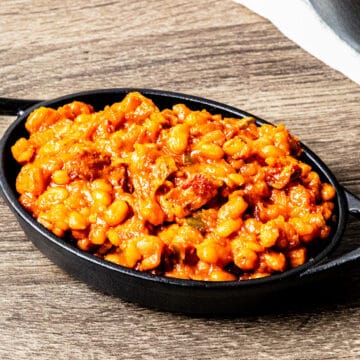
Leave a Reply